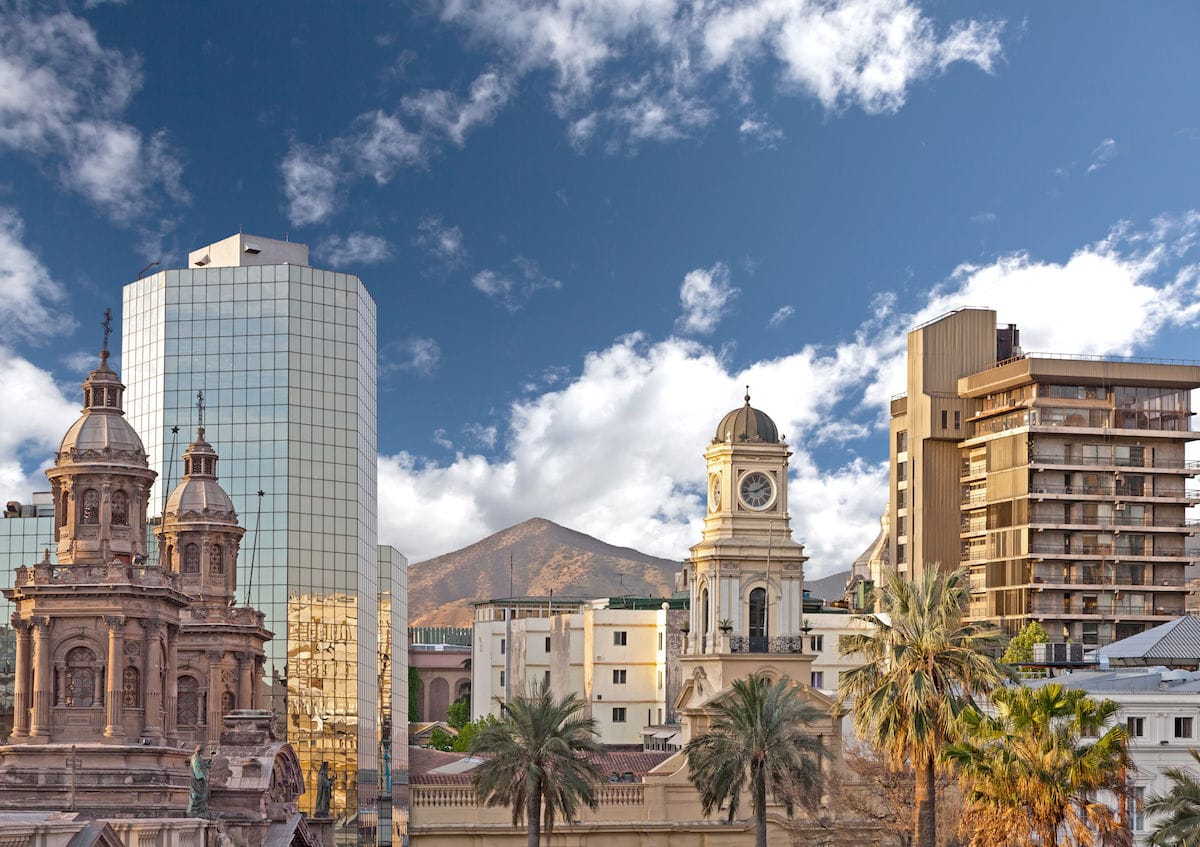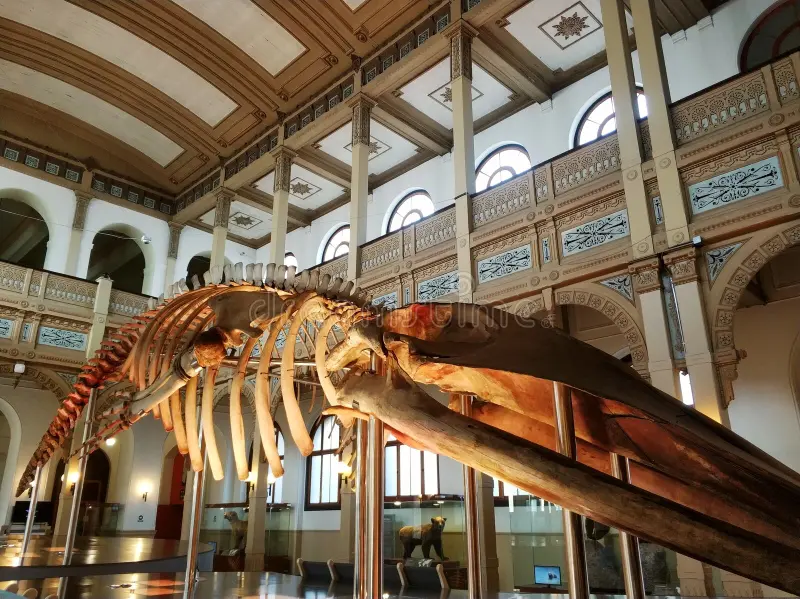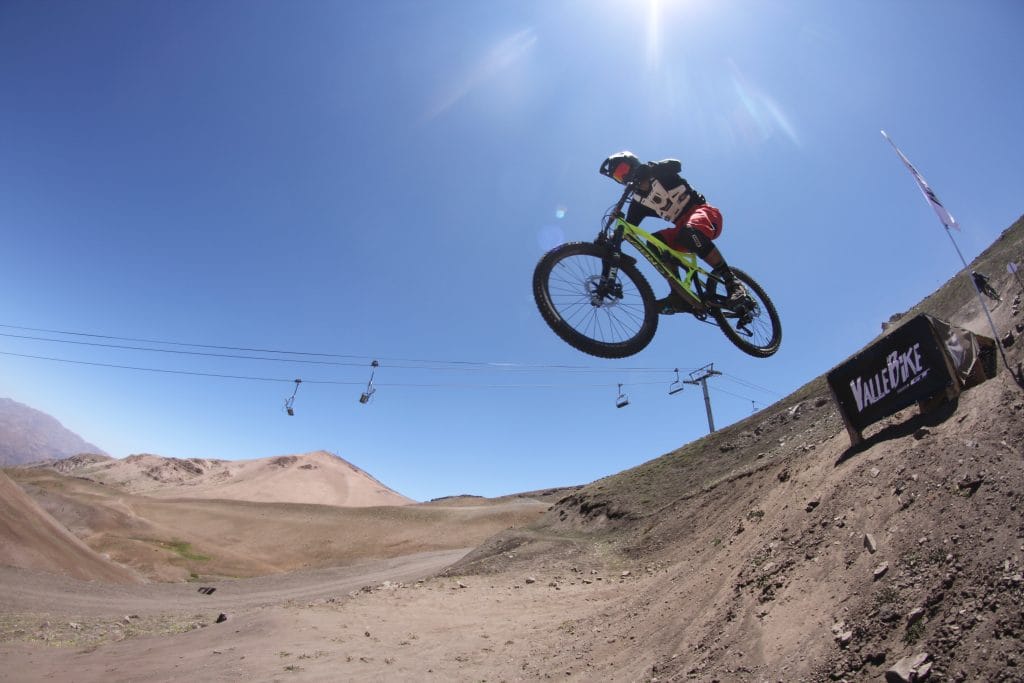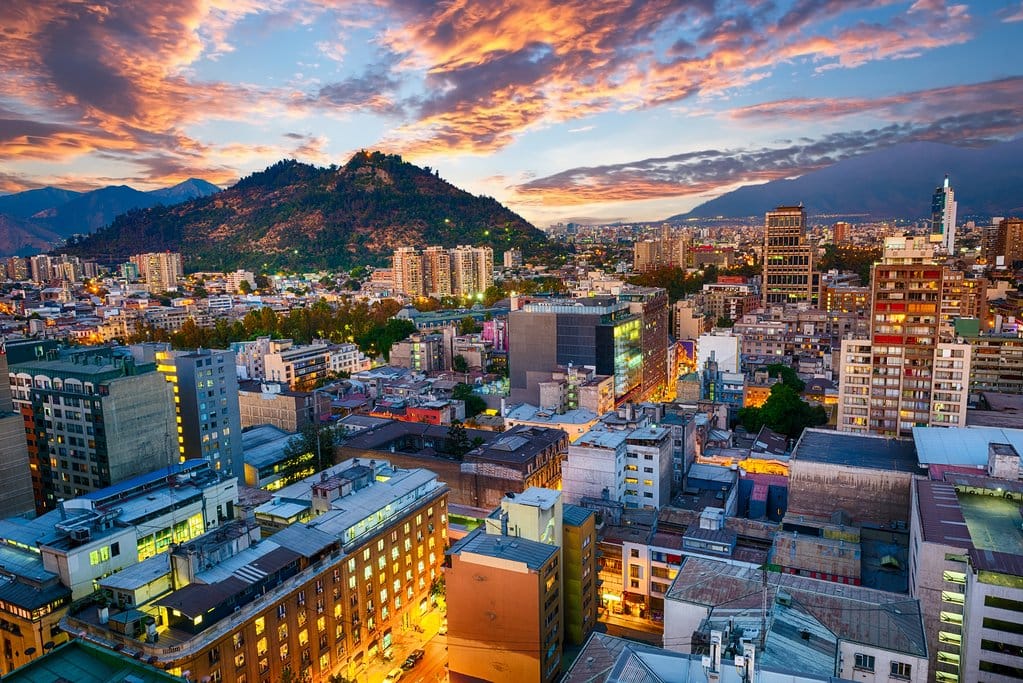Santiago, Chile Travel Guide: Cost, Attractions, Seasons & More

When is the best time to visit Santiago, Chile?
The best time to visit Santiago is during the shoulder seasons—spring (September to November) and fall (March to May)—when the weather is pleasant, the skies are clear, and the crowds are fewer.
Travel Seasons In Santiago
Peak Season
December to February – Summer is high season, with warm weather and many festivals. It’s also a popular time for tourists and locals on vacation.
Shoulder Season
September to November (spring) and March to May (fall) – These months offer ideal weather for sightseeing and lower accommodation prices than summer.
Off Season
June to August – Winter is low season, but it attracts ski enthusiasts to the nearby Andes resorts. The city is quieter, and hotel rates drop.
Not A Member? ✈️
Save Up To 95% On Flights With Our Airline Mistake Fare & Flash Sales Alerts
Climate and Weather In Santiago, Chile
Santiago has a Mediterranean climate, with hot, dry summers (Dec–Feb) and mild, wet winters (Jun–Aug).
- Summer (Dec–Feb): Temperatures often reach 30°C (86°F), with almost no rainfall.
- Autumn (Mar–May): Cooler temperatures, ranging from 10°C to 25°C (50°F–77°F), with increasing rain.
- Winter (Jun–Aug): Highs around 13°C (55°F), with rain and occasional fog. Great for nearby mountain skiing.
- Spring (Sep–Nov): Warming up again, with clear skies and blossoming parks.
Best Santiago Neighborhoods For Visitors
- Lastarria – A bohemian neighborhood known for art galleries, museums, and sidewalk cafes. Central and walkable, perfect for first-time visitors.
- Providencia – A leafy, upscale area with great dining, boutique shopping, and easy metro access to major attractions.
- Bellavista – Lively and colorful, Bellavista is the cultural heart of the city with street art, nightlife, and proximity to Cerro San Cristóbal.
Santiago's Top Attractions To Explore
- Cerro San Cristóbal – Panoramic views of the city and Andes Mountains from this large urban park.
- La Moneda Palace – The neoclassical presidential palace with daily changing of the guard ceremony.
- Plaza de Armas – Santiago’s historic main square, surrounded by colonial buildings.
- Museo Chileno de Arte Precolombino – A must-see museum with pre-Columbian art and artifacts.
- Mercado Central – A bustling seafood market and local food hub.
- Barrio Italia – A charming district full of antique shops, local designers, and quaint cafes.
- Sky Costanera – The tallest building in Latin America, offering 360° views of Santiago.
- Parque Bicentenario – A modern riverside park ideal for a relaxing stroll or picnic.
- Museo de la Memoria y los Derechos Humanos – A powerful museum dedicated to Chile’s recent political history.
Getting Around Santiago, Chile (Transportation)
Santiago boasts one of the best public transportation systems in South America, anchored by the extensive and clean Metro de Santiago. Buses (Transantiago), ride-sharing apps (like Uber or Cabify), and bicycles are also common. Walking is easy in central areas, and taxis are widely available but less commonly used by tourists due to fare inconsistencies. Consider getting a Bip! card for smooth access to metro and bus lines.
Cost To Visit Santiago
Santiago offers a range of prices depending on your travel style, from budget to upscale. Here’s a breakdown of typical costs for food, accommodation, and attractions:
Accommodations
- Budget: $15–$30 USD per night for a hostel bed or budget guesthouse.
- Mid-range: $50–$100 USD per night for a 3-star hotel or boutique B&B.
- Luxury: $150+ USD per night for upscale hotels in areas like Providencia or Las Condes.
Food and Drink
- Street food/snack: $2–$5 USD (like empanadas or completos—Chilean hot dogs).
- Casual restaurant meal: $8–$15 USD per person.
- Mid-range restaurant (3 courses): $20–$35 USD per person.
- Local beer or glass of wine: $3–$5 USD.
- Coffee at a café: $2–$4 USD.
Tip: Menú del día (set lunch menu) is widely available for $6–$10 USD and offers good value.
Attractions and Activities
- Museums and galleries: Most cost around $3–$10 USD; some are free on Sundays.
- Cerro San Cristóbal funicular or cable car: About $5–$10 USD round trip.
- Sky Costanera observation deck: ~$15 USD per adult.
- Wine tours (e.g., Concha y Toro): $20–$50 USD depending on the package.
- Day tours (Valparaíso, Andes, etc.): $40–$100+ USD.
Santiago is affordable by international standards, especially compared to cities in North America or Western Europe. You can travel comfortably on a modest budget, but there are also plenty of upscale options if you're looking for luxury.
Frequently Asked Questions
What Currency Is Used In Santiago, Chile?
The Chilean Peso (CLP) is the official currency.
Is December a good time to visit Santiago, Chile?
Yes, December is warm and festive, though it is also peak tourist season—ideal for outdoor activities and festivals, but expect higher prices.
Is Santiago, Chile an expensive place to visit?
Compared to other South American capitals, Santiago is moderately priced. It’s more affordable than cities like Buenos Aires or Rio but more expensive than places like Lima or La Paz.
Discover More About Santiago Chile






